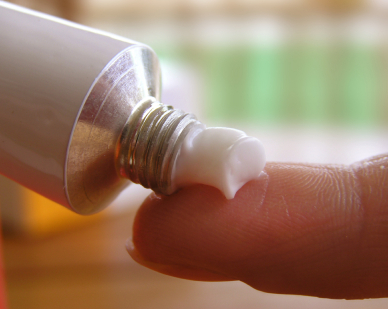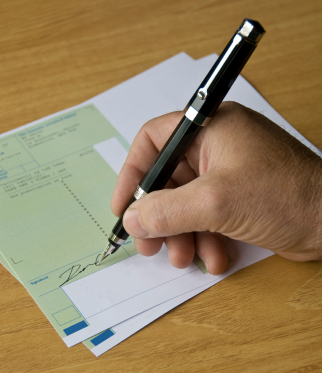
How to get in touch
You have no items in your basket
Since the start of the COVID-19 pandemic, many people are being offered a non face-to-face (F2F) appointment or consultation. This may be via a standard telephone call and/or in an enhanced video setting, via such systems as Zoom or MS Teams.
It may appear that this is just a temporary process, but there is a view that this may be a good way to support people effectively in the future, according to the NHS Long-Term Plan:
"...by 2023/24 every patient in England will be able to access a digital first primary care offer. Access to primary care services via online consultations will be a key part of achieving that commitment.’
It's worth understanding what is likely to happen if you are offered a virtual consultation now or in the post-COVID healthcare world.
When you are offered an appointment you will be asked if you have access to either a smart phone or a computer app so a video consultation can take place. If you don't it can be done with a standard telephone call. You should make sure you have a quiet, private and comfortable place to take the call where you will not be disturbed.
You may be asked to send images of any areas of psoriasis that you have that are flaring or not responding to treatment. If so, you will need two photographs, one of the whole area or limb and the other a close up of the plaque. You will be sent a secure NHS transfer link where you can safely send the images.

You will also be asked to complete some questionnaires which will be sent to you securely.
Once you have completed these questionnaires they can all be returned via the same secure NHS transfer link as the images and they will be stored securely in your electronic record.
You should be reassured that the consultation will be similar to a standard face-to-face consultation and if at any time you feel uncomfortable, you can either stop the consultation or take a break. Before they make the call, the healthcare professional will have already looked at the images that you have sent, along with the completed questionnaires. You will probably be asked other questions as well, for example, how sore or how red is your skin today compared to last week? are any of your joints painful or feeling stiff?
You may also be asked if you can think of anything that makes your skin or joints feel worse. So it may be worth keeping a diary leading up to the consultation to see if there is anything that triggers a flare. You will be asked about any current treatments you are using and any that you may have used in the past. You will also be asked when and how you apply your treatments. You may find it useful to have any creams or medicines that you are using nearby so you can show them to your healthcare professional.

Your consultation should be a partnership between you and your healthcare provider, with a plan of care worked out jointly, which takes into account what treatments have worked in the past, and whether they are working now or need to be changed.

Once a treatment plan has been set out, you fully understand it and arrangements have been made for your prescription to be sent to your nominated pharmacy, a mutually agreed follow-up appointment will be made.
You may be asked to send in more images via the same secure link two days before your next appointment.
At this point your healthcare provider will ask if you have any final questions before they end the appointment. This is your final opportunity to clarify anything that you have not understood during the consultation.
Whether you have been offered a virtual consultation appointment or have already taken part in one, we would really value your feedback about the experience. We'd like to share your experiences - anonymously, of course in order to help others who may be hesitant or unsure about the effectiveness of this style of care and interaction with a healthcare provider.
Please send your comments or views via the share your story online form which you can do anonymously.
You may also be interested in reading this experiences of other people who have psoriasis and/or psoriatic arthritis via our personal journeys section
We would love you to take part in the PAPAA survey, where we are gathering ongoing information that will help us to create the full picture of what it is like to live with psoriasis and psoriatic arthritis.